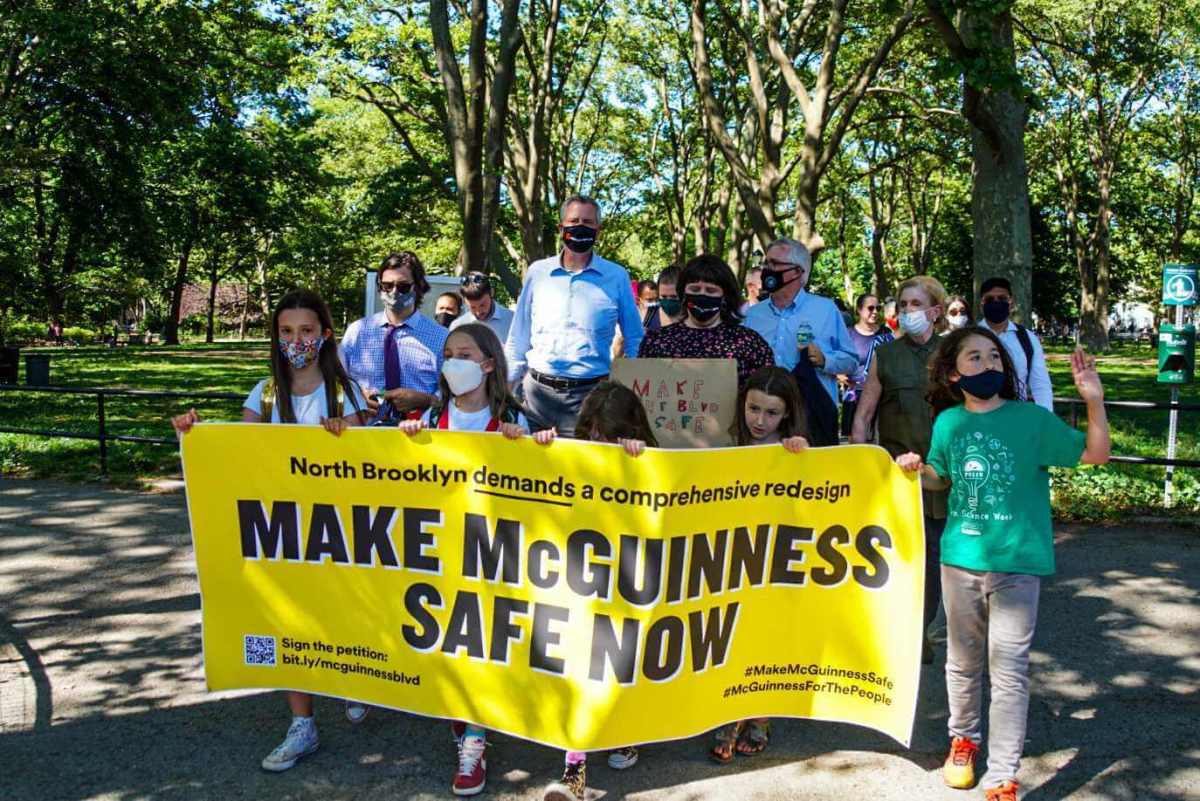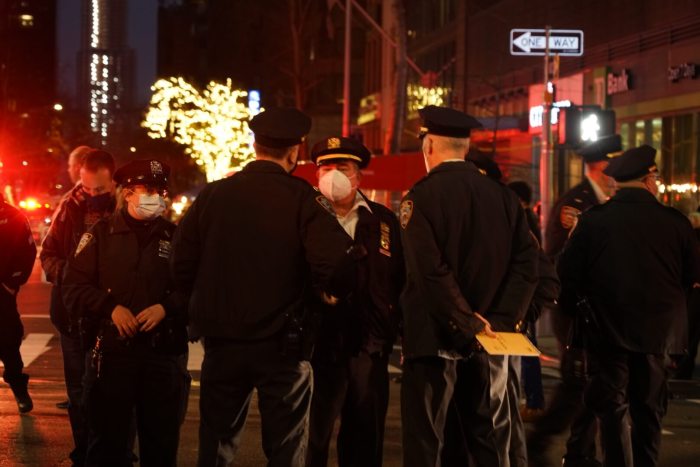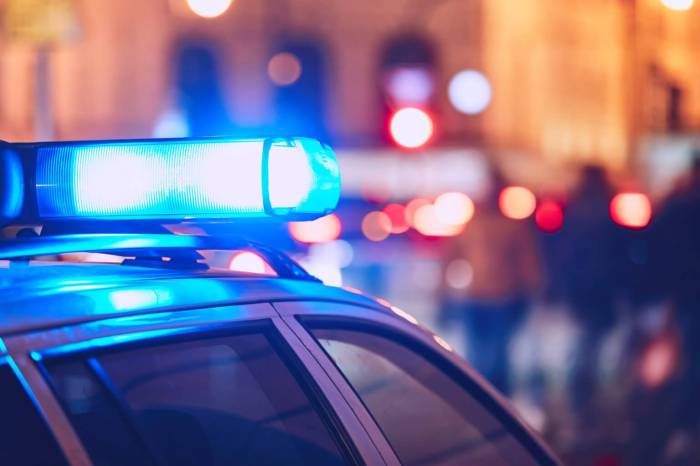Mayor Bill de Blasio on June 11 earmarked $39 million to fix deadly McGuinness Boulevard in Brooklyn weeks after a local teacher was killed by a hit-and-run driver.
“Vision Zero has made New York City safer and more livable – but its work isn’t finished until corridors like McGuinness Boulevard are improved for everyone who uses them,” said de Blasio. “We can change this city’s streets for the better and forge a better Greenpoint for generations of Brooklynites to come.”
With the infusion of new capital dollars, the city will first work on some immediate fixes for the north Brooklyn throughway this fall, such as turn calming and adding missing crosswalks.
Then Department of Transportation officials will meet with residents to come up with larger redesign slated for 2022, which could include upgrades like protected bike lanes and shortened pedestrian crossings, according to the mayor’s office.
The street safety overhaul comes after Matthew Jensen, who taught at nearby PS 110 on Monitor Street, was killed by the driver of a black Rolls-Royce sedan in the early hours of May 18 at the corner of Bayard Street right near an entrance to the Brooklyn-Queens Expressway.
The Police Department has yet to track down the driver and the investigation remains ongoing, a spokeswoman said.
Hundreds of pupils, parents, activists, and politicians rallied against traffic violence at McGolrick Park on May 27 when de Blasio first announced his pledge to better the five-lane speedway, which has long been a treacherous barrier cutting through Greenpoint.
“The Mayor’s historic investment will restore a basic right to our community: the freedom to cross the street without fear of death or injury,” said local Assemblymember Emily Gallagher in response to de Blasio’s funding announcement. “McGuinness Boulevard has long symbolized the deadly consequences of infrastructure that prioritizes speeding cars and trucks over human life. That changes now.”
This is not the first time street designers have tried to make McGuinness Boulevard safer. In 2014, DOT designated the roadway a so-called Arterial Slow Zone, lowering the speed limit to 25 miles-per-hour and using signal timing changes to discourage speeding.































